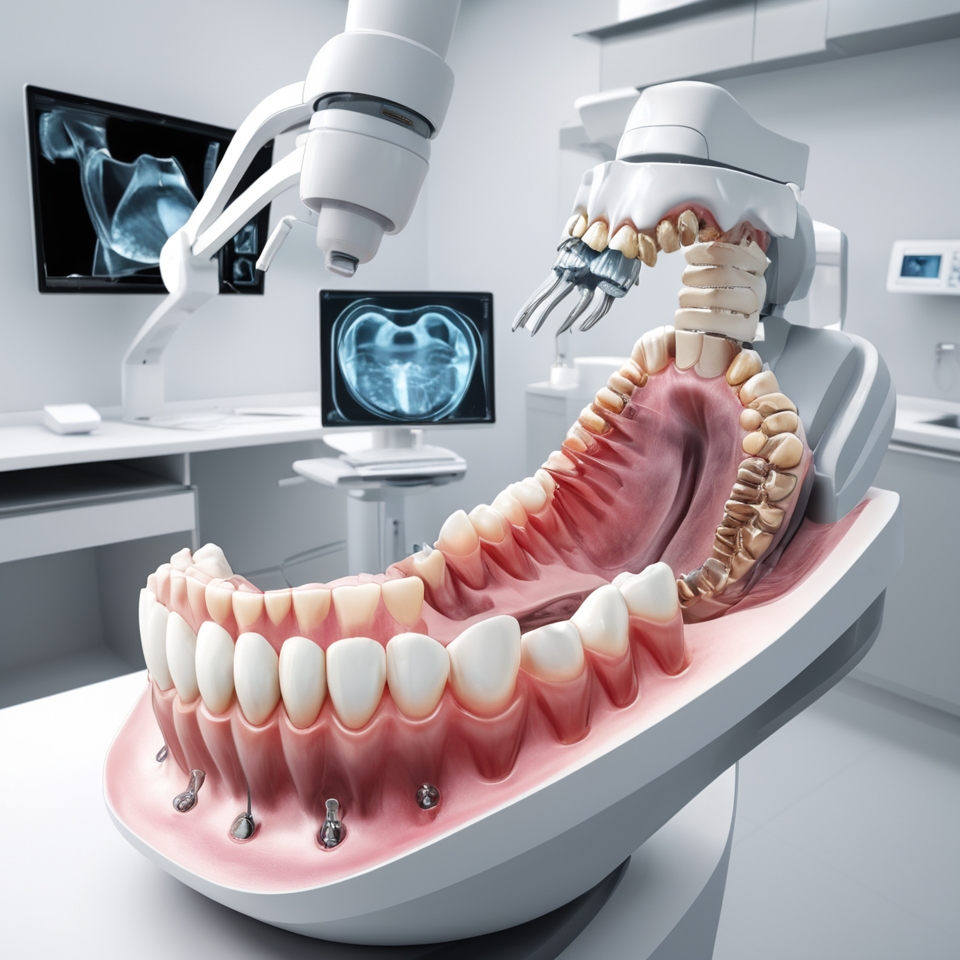Advancements in dental technology are reshaping the way we approach oral health, with digital X-rays at the forefront of this transformation. As dentistry continues to evolve, the introduction of digital X-rays offers a more efficient, safer, and environmentally friendly way to conduct dental exams. Here, we will explore how digital X-rays are impacting the field of dentistry, providing insights into the benefits, functionality, and advancements that make this technology essential for modern dental care.
What Are Digital X-Rays?
Digital X-rays, or digital radiography, are a technological upgrade to traditional film-based X-rays. Instead of capturing images on film, digital X-rays use digital sensors to produce images that can be viewed instantly on a computer. This rapid imaging capability not only improves diagnostic accuracy but also enhances the patient experience by reducing time in the dental chair.
How Digital X-Rays Work
Digital X-rays use an electronic sensor instead of traditional photographic film to capture images of the mouth, teeth, and surrounding bone structures. When a digital X-ray is taken, a small amount of radiation passes through the body and is captured by a sensor that immediately converts it into a digital image. This image can be enhanced and analyzed on a computer, allowing for more detailed examination and facilitating an accurate diagnosis.
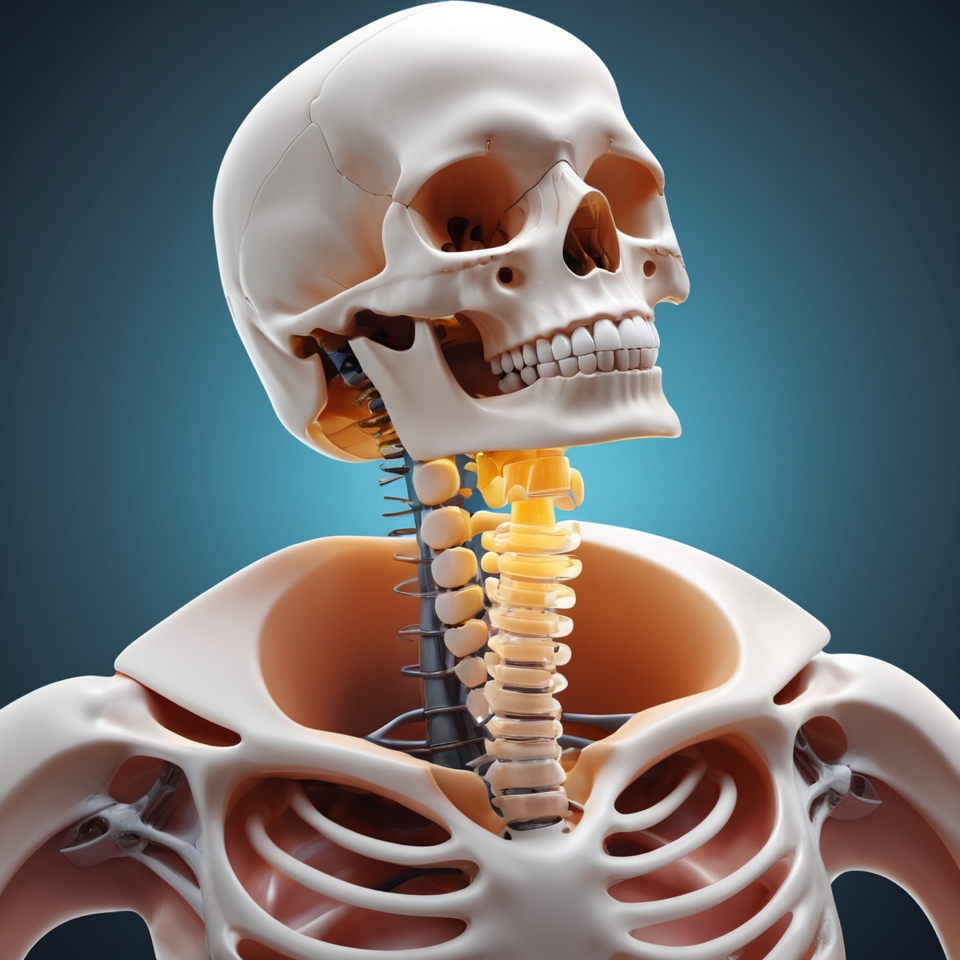
Key Benefits of Digital X-Rays in Dentistry
1. Reduced Radiation Exposure
One of the most significant advantages of digital X-rays is their reduced radiation exposure. Digital X-ray systems require significantly less radiation compared to traditional film X-rays, often reducing exposure by as much as 80%. This lower dose makes digital X-rays a safer option for patients, especially those who require frequent imaging, such as individuals with ongoing dental conditions or children needing orthodontic monitoring.
2. Faster Image Processing and Diagnosis
With digital X-rays, images are captured and displayed on a computer within seconds. This instantaneous process allows dental professionals to examine X-ray images in real-time, zoom in on specific areas, adjust contrast levels, and identify issues immediately. Faster image processing leads to a quicker diagnosis, helping dentists address any dental issues promptly.
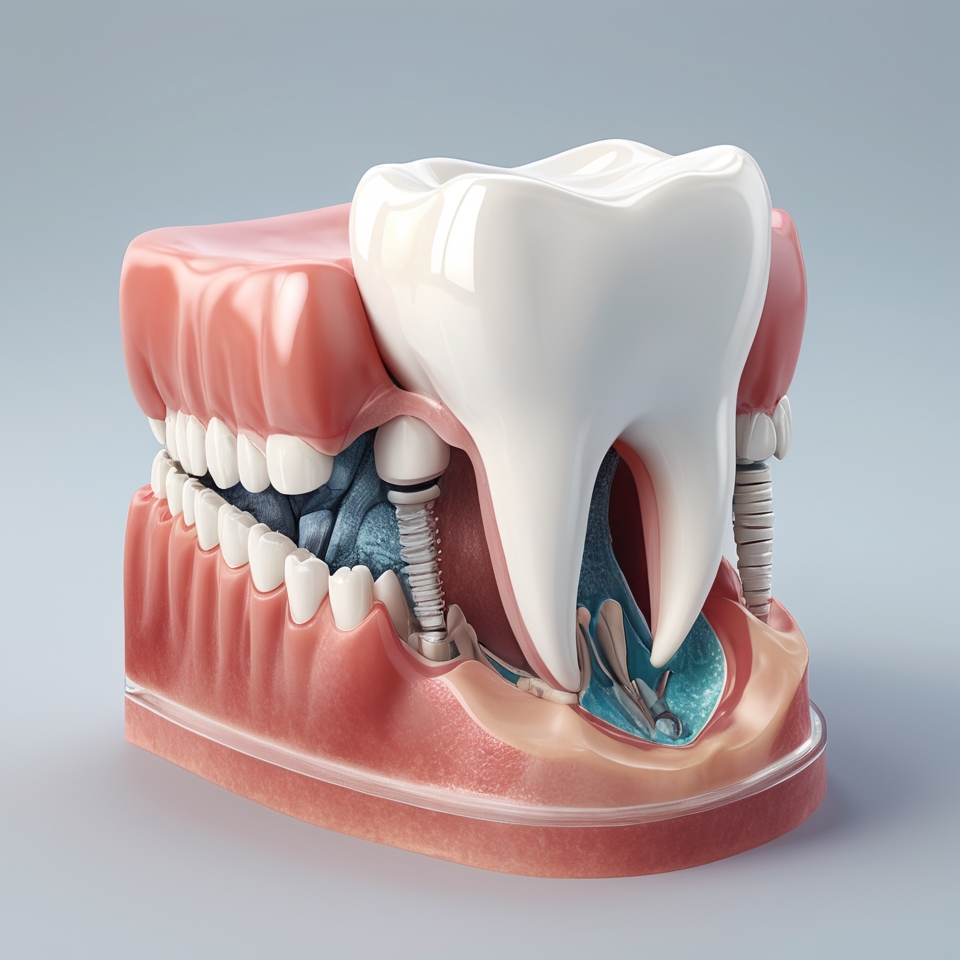
3. Enhanced Image Quality and Precision
Digital X-rays produce high-resolution images that can be enhanced with computer software to reveal greater detail. The ability to adjust brightness, contrast, and even magnify specific areas allows for improved diagnostic accuracy. Dentists can detect small cavities, infections, or fractures that may not be visible on traditional X-rays, ensuring early intervention and more effective treatment plans.
4. Environmentally Friendly Solution
Traditional X-ray films require chemical processing, which can be harmful to the environment. Digital X-rays eliminate the need for these chemicals, significantly reducing the ecological footprint of dental practices. Moreover, the electronic storage of images removes the need for physical film storage, contributing to eco-friendly dental practices.
5. Improved Patient Comfort and Education
With digital X-rays, patients are more comfortable as the process is quicker, involves less exposure to radiation, and eliminates the need for uncomfortable film holders. Furthermore, dentists can show patients their digital X-rays on a screen and explain any areas of concern. This transparency fosters better patient understanding and involvement in treatment decisions.

Types of Digital X-Rays in Dentistry
Intraoral X-Rays
Intraoral X-rays capture detailed images of the teeth, roots, and surrounding bone structure. These are the most common type of digital X-rays, providing critical information for diagnosing cavities, gum disease, and abnormalities in the root or bone.
- Bitewing X-Rays: Ideal for spotting decay between teeth and monitoring existing restorations.
- Periapical X-Rays: Focused on the entire tooth, from crown to root, to detect issues in the surrounding bone.
- Occlusal X-Rays: Capture images of tooth development, especially useful for young children.
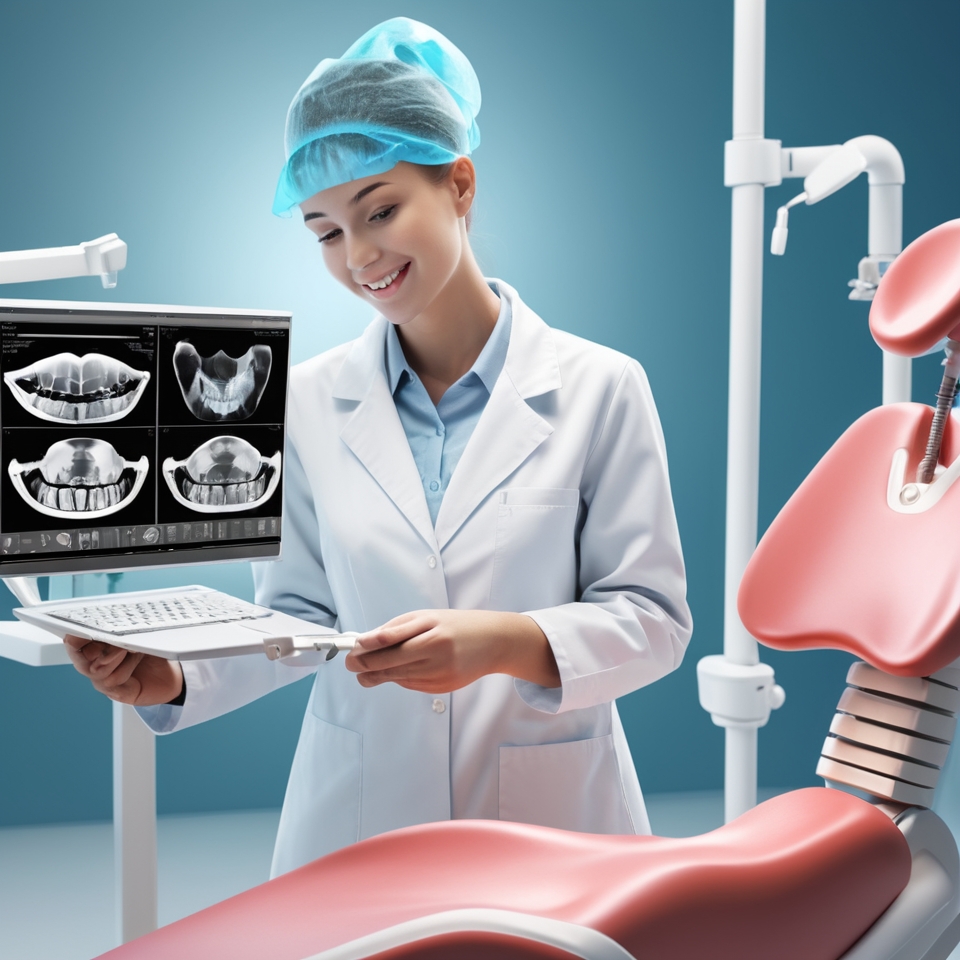
Extraoral X-Rays
Extraoral X-rays focus on the jaw and skull rather than individual teeth. These images help in evaluating jaw alignment, identifying impacted teeth, and planning treatments for orthodontics or implant placement.
- Panoramic X-Rays: Capture the entire mouth in one image, offering a comprehensive view that’s especially valuable in surgical planning and orthodontics.
- Cephalometric X-Rays: Used primarily in orthodontics, these images show a side view of the head, which helps in assessing jaw alignment.
Digital X-Rays and Diagnostic Advancements
Digital X-rays have transformed the diagnostic process in dentistry. They play a critical role in identifying dental issues early, reducing the risk of serious complications. Here are some areas where digital X-rays have made a substantial impact:
- Early Cavity Detection: By revealing small cavities and areas of demineralization that are invisible to the naked eye, digital X-rays allow for early intervention.
- Orthodontic Planning: Digital X-rays assist in creating detailed orthodontic treatment plans, providing precise information about tooth and jaw alignment.
- Oral Cancer Screening: Dentists can detect abnormalities in the soft and hard tissues, leading to early referral for potential oral cancers.
- Implant Planning: Digital X-rays are essential for assessing bone density and structure, ensuring accurate placement of dental implants.

Digital X-Rays and Dental Practice Efficiency
The integration of digital X-rays in dental practices enhances overall efficiency, benefiting both dentists and patients. Digital images can be stored electronically, making them easily accessible for future reference or sharing with specialists if needed. Additionally, digital X-rays streamline workflows by reducing time spent on image processing and documentation.
Seamless Data Management
Digital files can be stored in electronic patient records, simplifying data management and enabling a paperless workflow. Electronic storage also improves data security, as digital X-rays are less likely to be lost or damaged compared to physical films.
Enhanced Collaboration with Specialists
Digital X-rays can be easily shared with other healthcare providers, making it simpler to obtain second opinions or coordinate care. This ease of sharing contributes to integrated care, where dentists and specialists can collaborate effectively to optimize patient outcomes.
Patient-Centric Benefits of Digital X-Rays
Modern dental practices prioritize patient safety, comfort, and involvement, all of which digital X-rays support. The reduced radiation and quick imaging process help alleviate patient anxiety, and the ability to see their own X-rays provides patients with a greater understanding of their oral health.
Building Trust Through Transparency
Showing patients their X-rays and explaining diagnoses fosters trust and transparency. This approach encourages patients to take an active role in their dental care, which can lead to better adherence to treatment recommendations and a more positive dental experience.
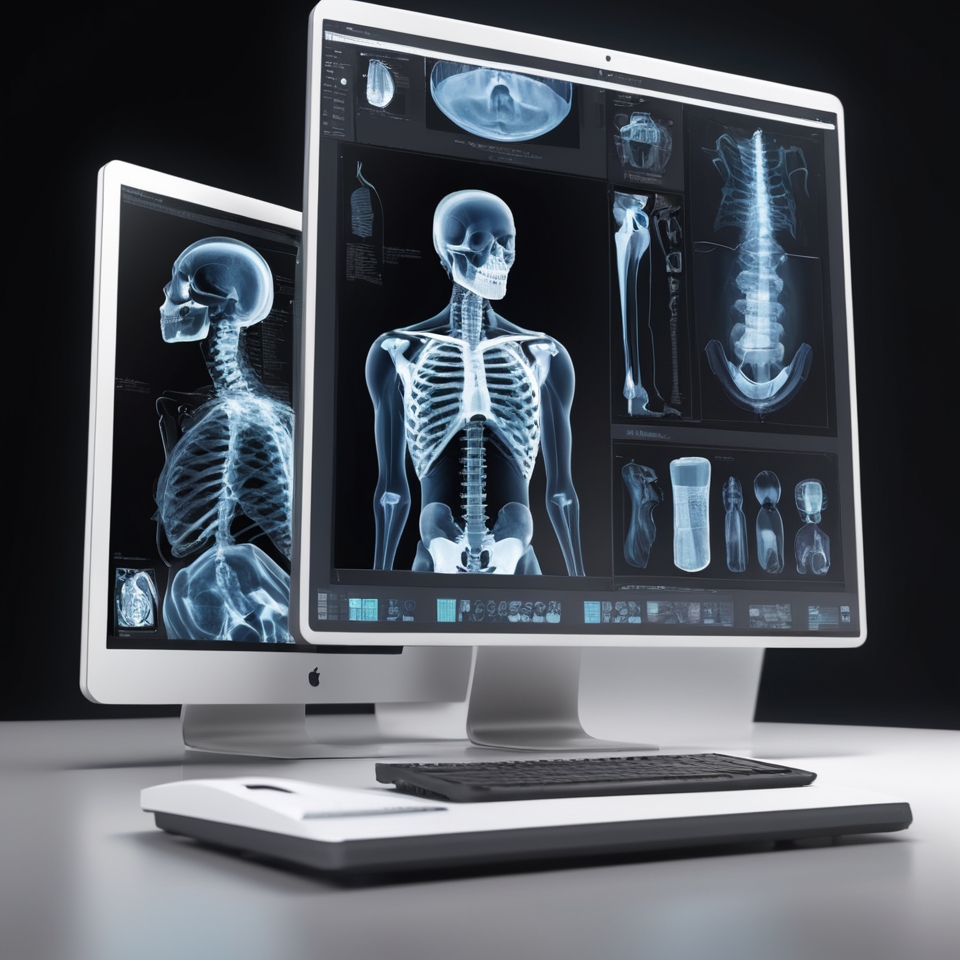
The Future of Digital X-Rays in Dentistry
Digital X-ray technology is constantly evolving, with new advancements aiming to further reduce radiation, improve image quality, and enhance diagnostic accuracy. Emerging innovations, such as 3D cone beam imaging, are providing three-dimensional views of dental structures, allowing for even more precise diagnostics and treatment planning. As technology advances, digital X-rays will continue to play an essential role in modernizing dental care.
Digital X-rays have transformed the landscape of dental diagnostics, providing an efficient, safe, and accurate way to diagnose and treat oral health issues. As technology continues to evolve, digital radiography will remain integral to improving patient care and expanding the possibilities in dental treatment.

One Simple Way To Maintain Your Perfect Smile!
I Truly Believe This Formula Is A Work Of Art!
And I will be more than happy to share it with anyone who needs it.
A formula that will support the health of your teeth, keeping
them strong and your breath fresh. Click here for more info

